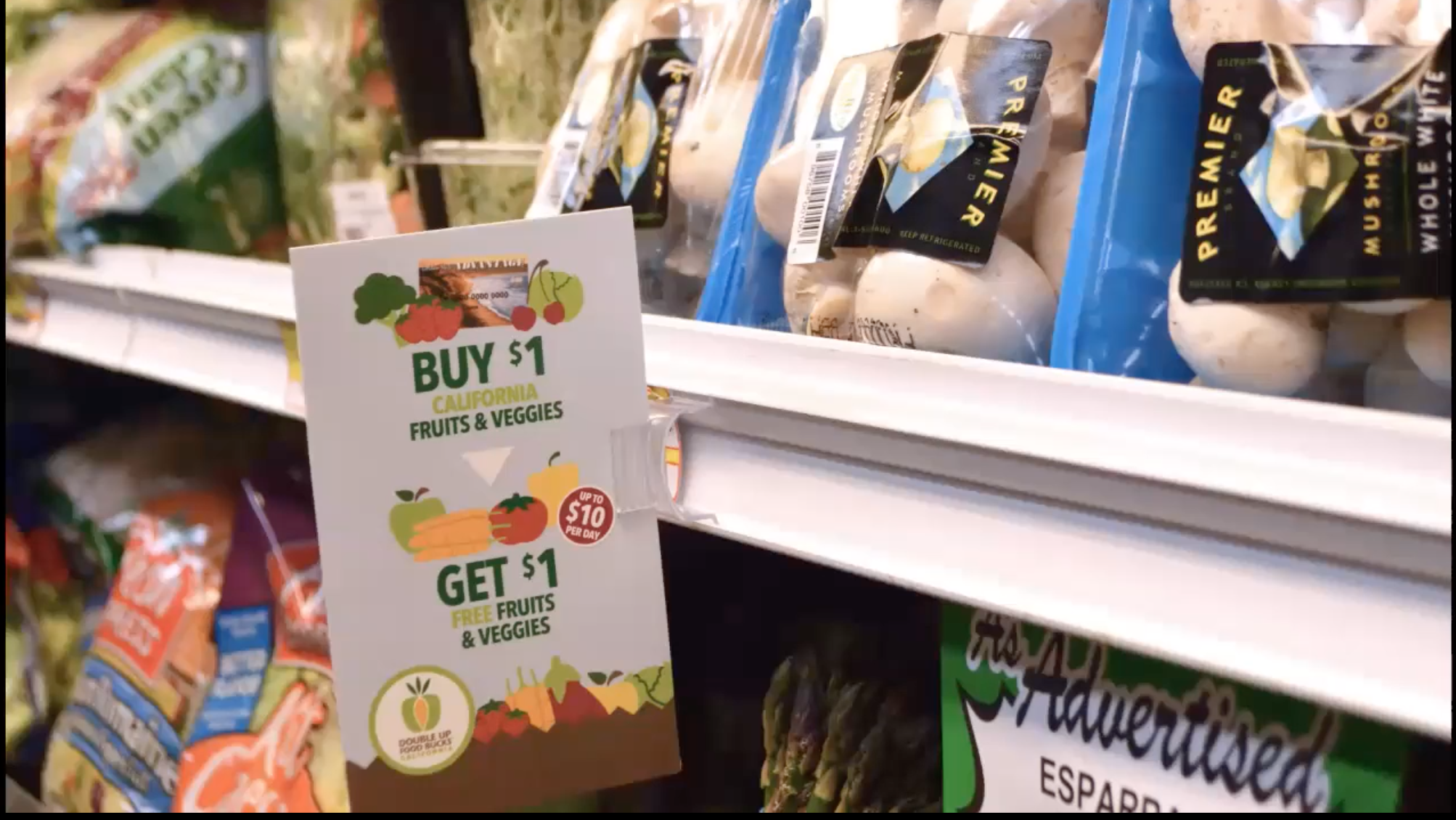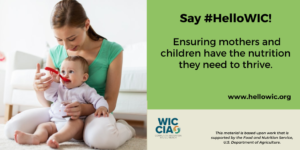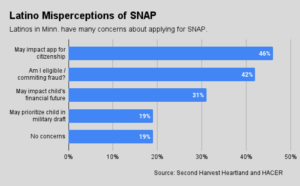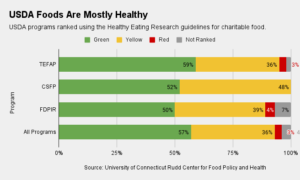Legislation pending in California would supercharge the way healthy incentive programs (often known as Double Up Food Bucks) work, potentially having an outsized impact on the ability of SNAP recipients in the state to afford and eat more nutritious food.
At the heart of the program is technology that automatically loads extra SNAP dollars onto users’ cards when they buy fruits and vegetables at any participating outlet. It’s an improvement over most current healthy incentive programs across the country, which often require users to shop at a single place and use tokens, paper coupons or loyalty cards to track their points.
Under the California program, a SNAP user that purchases $5 of fruits and vegetables, for example, would see $5 of credit automatically loaded back onto their SNAP card, which would then be available to purchase any sort of SNAP item (not just fruits and vegetables) on a later shopping trip. Besides its extra convenience, the California program offers significant rewards for fruit and vegetable purchases – up to $60 a month. And the state’s farmers benefit as well, since the program is designed to support purchases of produce grown by local farmers.
“There are too many people who are suffering and struggling because of inadequate benefits, and farmers right now in the state are struggling economically because of drought and other headwinds,” said Eli Zigas, Food and Agriculture Policy Director for SPUR, a sponsor of the bill, in a recent webinar. “If we have a program that has broad political appeal, and can help a lot of people, it feels like an opportunity we should seize.”
Putting healthy food incentive benefits directly onto a user’s SNAP card isn’t a totally new idea – Massachusetts’ Healthy Incentives Program has been doing it since 2017 – but the approach is not common. Since 2017, SNAP households in Massachusetts have purchased more than $32 million of healthy foods from local farmers through the program, according to the Massachusetts Food System Collaborative.
The California proposal will meet SNAP participants wherever they shop. It will fund up to $140 million for incentive benefits delivered through grocery stores, where roughly 90% of California’s SNAP dollars are spent, reserving $40 million of this amount for small-to-mid sized retailers. Up to $60 million more will fund incentive benefits delivered through direct farm-to-consumer outlets, such as farmers’ markets, that sell California-grown produce.
Zigas sees the technology build needed to integrate incentive benefits with California’s SNAP system as an achievable challenge. While he expects large grocery chains to find it relatively easy to adapt their systems, smaller retailers often utilize more customized systems, making their participation critical to the proposal’s success.
The proposal would target this critical path through technology upgrade grants to smaller retailers. Zigas is confident that the proposal’s boost to SNAP participants’ purchasing power will motivate retailers to prioritize the effort and hopes that California’s size will motivate cash register companies to develop simple, scalable modules to facilitate integration.
The bill behind the proposal, Assembly Bill 2153, recently passed out of the General Assembly’s Agriculture Committee and now moves to Appropriations. How it gets prioritized given California’s appropriations limit remains to be seen.
For Assembly member Dr. Joaquin Arambula, the bill’s sponsor, the legislation is “a key piece of the puzzle in making sure that we are directly addressing and figuring out how to … support California farmers but, most importantly, Californians in choosing healthier foods.”
– Amanda Jaffe
Amanda Jaffe is a writer and former attorney with a deep interest in the organizations and mechanisms that address food insecurity. Her writing has appeared in The American Interest, PASSAGE Magazine, and the Finder, among other publications.
Like what you’re reading?
Support Food Bank NewsConnect with Us:










